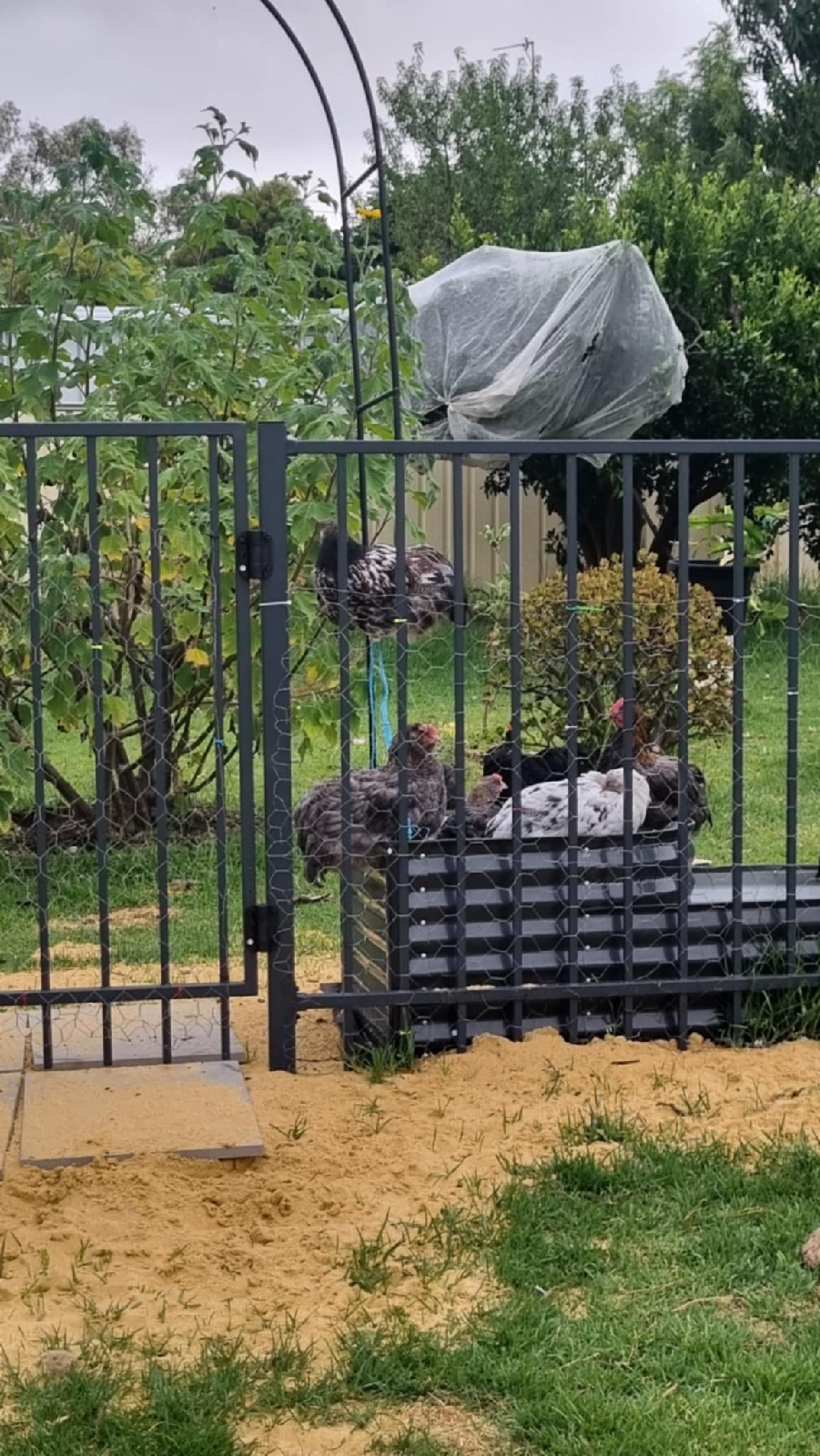Nasturtiums, Naughty Or Nice?
Nasturtiums are a beautiful annual plant providing plenty of cover and cheerful flowers, but they do also have darkness!
The family of nasturtiums consists of around 80 species, some annual, others perennial. They are native to South America, in particular the Andes, and have many uses.
They are used commonly used for:
. Salads as the leaves, seeds and flowers are all edible.
. They can be pickled.
. Garnishes.
. Attracting beneficial insects.
. Companion planting.
However they also have other reasons to be grown and eaten:
. They contain antioxidant and anti-tumor properties.
. Are high in vitamin C, so aid in immune support.
. Have antibacterial and antiviral properties.
. Have antibacterial and antiviral properties.
. Can be useful for UTI's.
. Have been used in traditional medicines to relieves coughs and colds!
How handy are these plants!
Most nasturtiums you see in your local nursery are the easily grown, annual version of this plant, which sprawls quite happily across your garden, growing anywhere between 50cm and 2m wide. Tropaeolum majus produce bright and cheerful flowers, in various shades of yellows, oranges, peaches, reds, creams and oodles of combinations of the above.
. Have been used in traditional medicines to relieves coughs and colds!
How handy are these plants!
Most nasturtiums you see in your local nursery are the easily grown, annual version of this plant, which sprawls quite happily across your garden, growing anywhere between 50cm and 2m wide. Tropaeolum majus produce bright and cheerful flowers, in various shades of yellows, oranges, peaches, reds, creams and oodles of combinations of the above.
But there is one wonderfully note worthy perennial nasturtium we are going to have a look at.
Tropaeolum tuberosum, aka Mashu. Still native to South America, Mashu is traditionally grown as a root crop, so along with everything else, you can also eat the tuber of this nasturtium! (Although apparently the leaves aren't as spicy as our common ones). The tubers can be eaten both raw and cooked, cooking mellows out the flavor slightly, as, when eaten raw they are said to be even more spicy than radish! It's still just a rampant and rambly as the others, but this one really doesn't appreciate the cold so has a tendency to die back, but this makes it easier for you to dig up and divide the tubers! These guys do enjoy climbing up a trellis, but make sure you give them plenty of space as they can reach 4m easily, plus the more room you give them the bigger the tubers are able to get.
As I mentioned at the beginning though, nasturtiums do have a dark side! They spread so very easily. They self-seed extremely easily, and are popular to be carried off by birds and various other critters, ending up in native bushlands, and waterways. I was on a walk just the week through my local trail and found nasturtiums popping up everywhere along the river bank, having escaped from someone's garden! So make sure you are very careful when planting. Also, due to their rambly and dense nature they can smother neighboring plants, especially if smaller or not too well established, and you may end up loosing them.
They are also prone to attracting pests, such as cabbage white butterflies, which if you are wanting a nice crop of broccoli or cauliflower, these may not be the plant for you.
Although not listed as an invasive species or weed yet, lets still be conscious of where we are planting them and what can be affected around us. Lets take care of not just our gardens but the native lands around us.
So what do you think, are they naughty, or nice?










Comments
Post a Comment